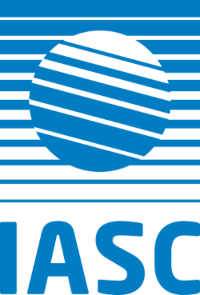Final Project Report
Want to know how Norwegian red king crab harvesting differs from television’s Deadliest Catch in Alaska? Check out this video made in preparation for our virtual meeting of the Thematic Network on Global Connections in Arctic and sub-Arctic Crab Fisheries. More intrigued by invasive species’ aspects of the crabs in the Barents Sea? Watch this video with a focus on scientific communication, or this more academically focused overview. Members of the network met virtually after sharing these videos to discuss two key evolving ecological economic topics. First, what are the impacts to coastal communities, infrastructure, and investment from market segmentation, certification, and diversification in the industry? An example is available here. Second, how can we use interdisciplinary tools to understand instabilities in supply from changes in ecosystem and economic productivity driven by climate, fishing, and other interdisciplinary concerns?
A great deal of information sharing across geographic and disciplinary domains (such as this video) resulted in focus on a number of important gaps at the global scale. The first of these is the need for a pan-Arctic connectivity study. This study would simultaneously trace the ecological and economic boundaries for both ecosystems and markets, and the extent to which changes in ecological conditions, including temperatures, acidification, and recruitment interact with market changes including shifts in demand due to e.g. prices, income, or product quality and shifts in supply from ecological or technological changes. The second of these addresses the mechanics behind the success of any such study. That is, as global connections grow through both increased and diversified trade and ecosystem shifts, the supply chains for the crabs are becoming more complex. China’s role as importer as well as re-exporter is rapidly evolving (see e.g. this new Science article). There is greater need for increased accessibility to Russian and Chinese databases to understand these shifts in the global context. A third consensus item is the need for greater interdisciplinary understanding of ghost fishing and its impacts to both other fisheries and to marine species’ well-being. Interested parties might join the ongoing conversation the group has started on Slack.
3 scientific highlights in bullets – appropriate for an interdisciplinary audience
- An interdisciplinary pan-Arctic connectivity study on the crab fisheries can provide important answers to both ecological and economic concerns in the crab fisheries
- The global markets for crab increase the need for interdisciplinary and international cooperation and access to both ecological and economic data, particularly in the important domains of Russia as market supplier and China as developing market intermediary and end-buyer
- Product diversification in crab markets is driving wide-ranging changes including management goals, onshore infrastructure, and tourism opportunities
Date and Location
9 and 16 December 2021 | online
IASC Working Groups / Committees funding the project
Project Lead
Year funded by IASC
2021
Project Status
Completed
